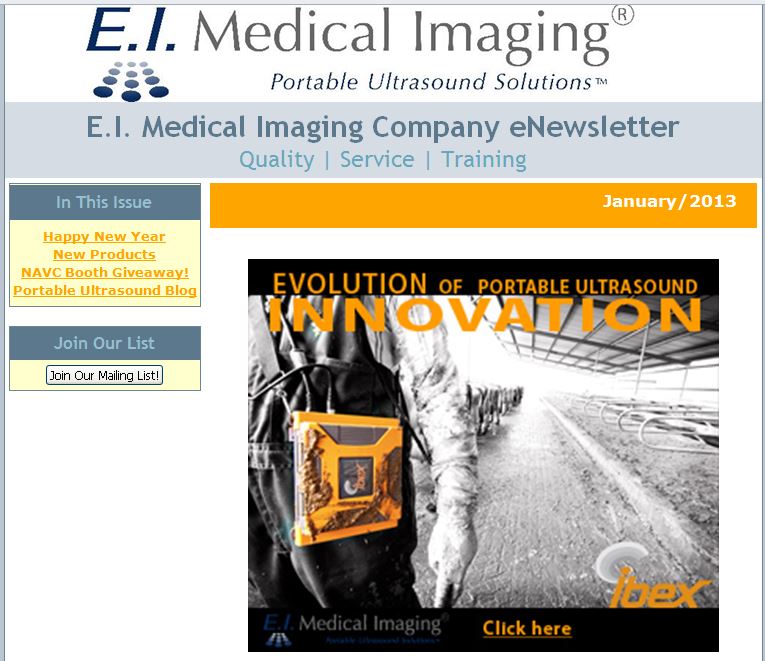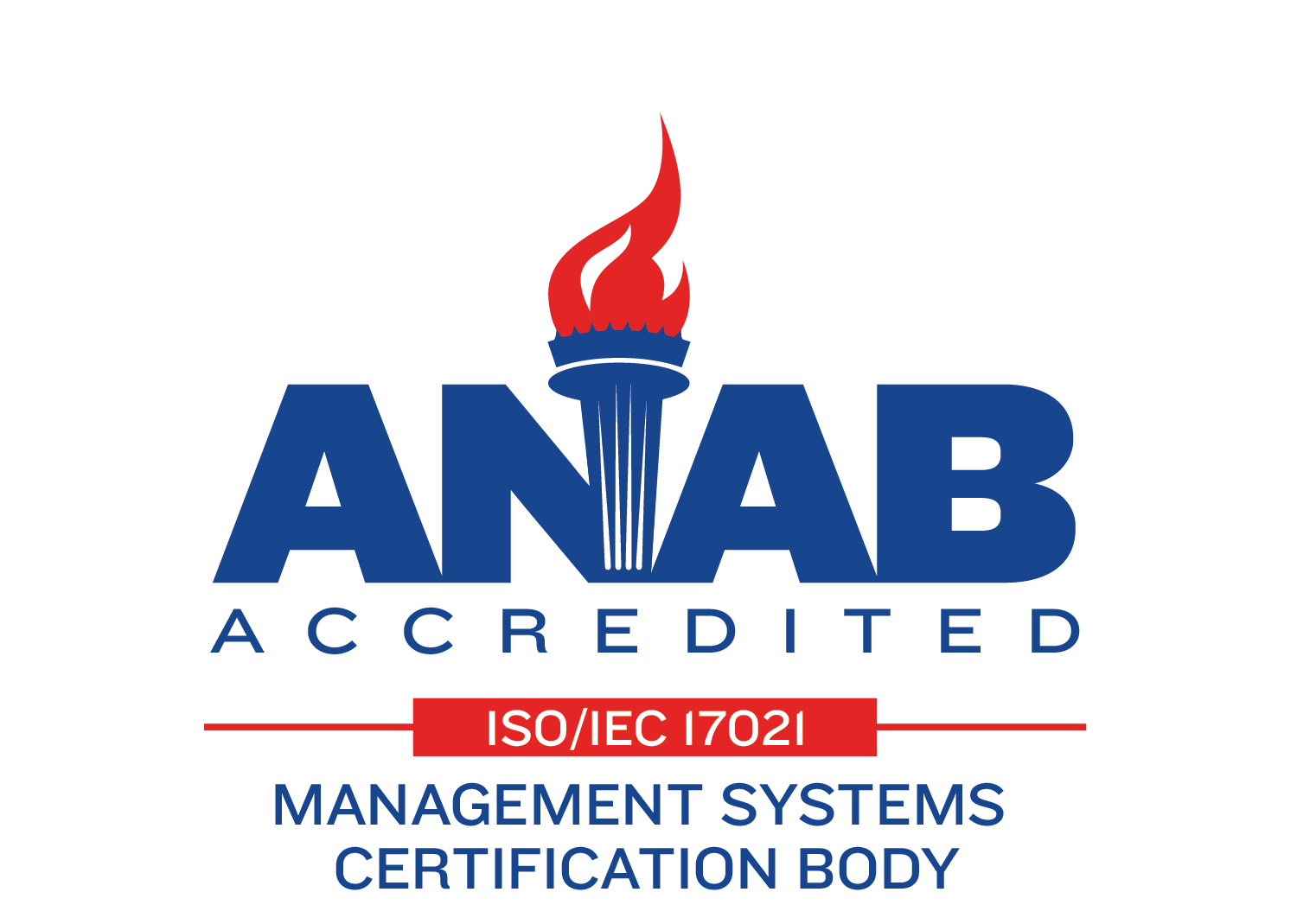
written by: Susan Hoffman
Whether you prefer to talk, text or tweet, your communication style and skills can have a huge effect on your clients’ compliance and patient outcomes. It seems simple enough—you tell your client what treatment he or she needs to do, or what medicine the horse should get, and your instructions will be carried out to the letter, right? Maybe not! But, modifying your communications technique can work wonders for improving client compliance.
AAHA studies prove the point. Almost ten years ago, the American Animal Hospital Association (AAHA) Compliance Study, “Path to High-Quality Care, 2003,” revealed that communication failures were responsible for a large amount of client noncompliance. The 2009 follow up study reiterated that not only must your communication skills be up to snuff, but your use of communications tools and frequency of communications can greatly improve compliance.
Flash forward to 2013, and it’s a no-brainer that brushing up your “barnside manner” combined with using today’s arsenal of traditional and state-of-the art communications tools can greatly enhance compliance.
Try these communications skills and tools to improve client compliance:
1. Use a flexible approach to gain your client’s trust.
For some clients, this may be as simple as showing empathy for them or their horse. Other people need their egos stroked, so conferring with them about what they know about a particular disease appeals to their sense of self worth. The key to gaining your client’s trust and influencing their behavior is to assess their personality and work with it to gain their buy-in for your recommendations.
2. Build a collaborative relationship, with “we” not “I”.
Which of these two statements is more likely to produce the results you want: “I recommend you get your horse’s teeth floated,” or, “We should float your horse’s teeth to improve his acceptance of your bit.”? The latter is the correct answer. One practice in the 2003 AAHA study doubled its compliance by switching from “I” to “we” and communicating the benefit of compliance.
3. Once, twice, three times is the charmer.
It’s hard to remember everything someone tells you, let alone when you are under stress, and what horse owner doesn’t stress out when their best friend and/or investment is sick or injured? A great way to break through the haze and improve compliance is to communicate with your client multiple times. Back up your verbal instructions with an email. Follow up with a short phone call, or have an administrative person in your practice call the client to review recommendations. Send a letter that recaps your diagnosis and recommendations. Or, use combinations therein. The more touch points, and the more often you use them, the better.
4. Take advantage of technology.
“There’s an app for that.” Well, maybe there’s not a Smartphone app for compliance, but today it’s easier than ever to monitor and reinforce your recommendations using a variety of communications tools. You can use a combination of “snail mail” and email to remind your clients it’s time to vaccinate their horse. You can ask your client to send you a 30-second video so you can see how a sick or injured horse is progressing. Direct your client to YouTube videos that show how to correctly wrap a leg or administer eye drops. It doesn’t take much time or effort to text a short message to a client’s Smartphone. And, for those clients who eschew technology altogether and think a “USB zip drive” is a fancy name for a Quarter Horse, you can always rely on printed educational pamphlets and newsletters to back up your in-person visits and calls.
5. Attend clinics and conferences.
These conferences will have speeches, sessions and workshops focusing on communications and client compliance.
• International Veterinary Communication Institute, November 9 – 11, 2012 in Orangeville, Ontario, Canada, and November 3 - 6, 2013, in St. Louis, Missouri.
• American Association of Equine Practitioners Annual Convention, December 1 – 5, 2012, Anaheim, California.
The bottom line is, if you use all your communications skills and tools to your advantage, you’ll improve compliance, which in turn can improve patient outcomes, and could result in increasing average daily transaction fees and practice productivity.














